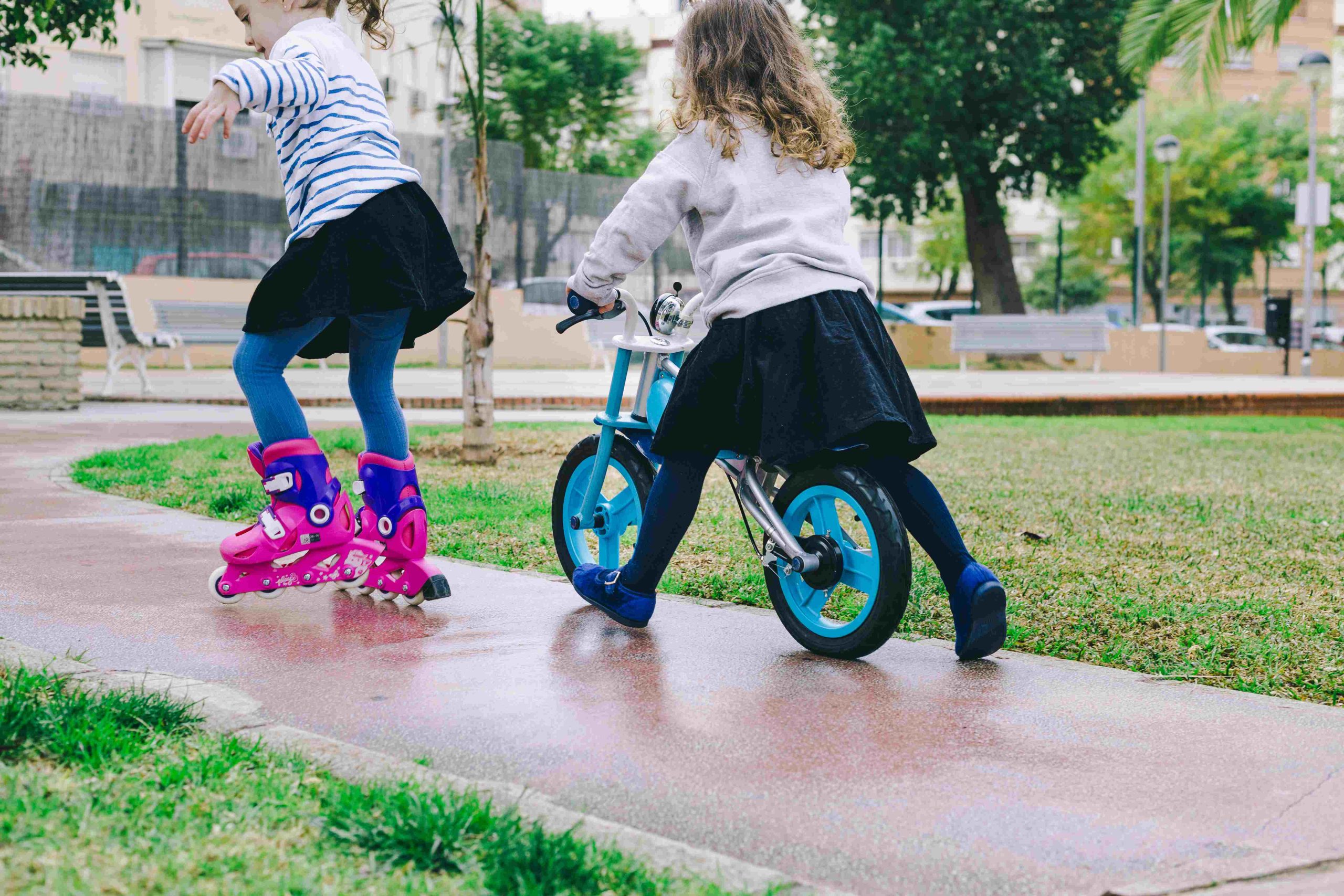
Developing Nimble Mobility in Preschoolers: The Importance of Movement and Play
Physical development is a crucial aspect of a preschooler’s growth and well-being. It is during this phase that preschoolers develop fundamental motor skills, including gross and fine motor movements, balance, coordination, and strength. Developing nimble mobility at an early age is crucial for preschoolers to perform daily activities and navigate their environment. In this article, we will explore the importance of movement and play in developing nimble mobility in preschoolers.
The Importance of Movement in Preschoolers
Movement is essential for preschoolers’ physical development as it helps them build strength, balance, coordination, and endurance. Through physical activity, preschoolers learn to use their bodies and develop their muscles, bones, and joints. Movement also promotes healthy brain development as it improves blood flow and oxygenation to the brain, enhancing cognitive function and memory.
In addition, movement helps preschoolers regulate their emotions, reduce stress, and improve their mood. Endorphins, which are natural feel-good chemicals that create a sense of well-being and pleasure, are released when preschoolers participate in physical exercise.
The Benefits of Play in Developing Nimble Mobility
Play is a critical aspect of developing nimble mobility in preschoolers. Through play, preschoolers can explore their environment, learn new skills, and develop their physical abilities. Play also promotes creativity, socialization, and problem-solving skills.
When preschoolers engage in play, they develop fundamental motor skills, including jumping, running, throwing, and catching. These skills are the building blocks for more complex movements such as skipping, hopping, and climbing. Play also enhances preschoolers’ spatial awareness, balance, and coordination, which are crucial for developing nimble mobility.
Practical Ways to Develop Nimble Mobility in Preschoolers
There are several practical ways to promote nimble mobility in preschoolers. The following are some of the activities that can help preschoolers develop fundamental motor skills, balance, and coordination:
- Outdoor Play
- Dancing
- Active Games
- Yoga
- Fine Motor Activities
The Role of Parents and Educators in Developing Nimble Mobility in Preschoolers
Parents and educators play a crucial role in promoting nimble mobility in preschoolers. They can provide preschoolers a range of chances for physical movement, play, and discovery. The following are some ways parents and educators can promote nimble mobility in preschoolers:
- Encourage Physical Activity
- Provide Safe and Stimulating Environments
- Model Healthy Behaviors
- Foster a Love for Movement and Play
Identifying and Addressing Developmental Delays in Nimble Mobility
While most preschoolers develop nimble mobility naturally through movement and play, some may experience developmental delays in this area. Developmental delays refer to when preschoolers do not reach the expected developmental milestones for their age group.
Identifying and addressing developmental delays in nimble mobility is crucial as it can impact preschoolers’ overall physical development and well-being. Some signs that a preschooler may be experiencing developmental delays in nimble mobility include:
- Difficulty with gross motor skills
- Poor balance or coordination
- Difficulty with fine motor skills
- Lack of interest in physical activity or play
Technology and Nimble Mobility
In today’s digital age, technology is an ever-present part of our lives, including the lives of preschoolers. While technology can be a useful tool for learning and entertainment, it can also have a negative impact on nimble mobility development.
Spending excessive amounts of time sitting in front of a screen can limit preschoolers’ opportunities for physical activity and play, which are essential for developing nimble mobility. Parents and educators must create a balance between technology usage and physical exercise.
Supporting Preschoolers with Disabilities in Nimble Mobility Development
Preschoolers with disabilities may face unique challenges in developing nimble mobility, but it is still crucial for their overall development and well-being. Supporting preschoolers with disabilities in nimble mobility development requires a collaborative approach involving healthcare professionals, educators, and families.
For preschoolers with physical disabilities, a physical therapist or occupational therapist can provide guidance on exercises and activities that promote motor skill development. Adapted equipment and assistive devices may also be necessary to support their mobility.
The Importance of Outdoor Play in Developing Nimble Mobility
Outdoor play is essential for developing nimble mobility in preschoolers. Outdoor play provides preschoolers with the opportunity to engage in physical activity and movement, explore their environment, and develop their motor skills.
Parents and educators can support outdoor play by providing opportunities for preschoolers to play outside in safe and stimulating environments. This may include creating outdoor play areas that are designed to promote movement and exploration, such as climbing structures, sandboxes, and water play areas.
The Role of Nutrition in Developing Nimble Mobility
Nutrition plays an important role in developing nimble mobility in preschoolers. Adequate nutrition is necessary for the growth and development of bones, muscles, and other tissues that are essential for movement.
Parents and educators can support preschoolers’ nutrition by providing a balanced and varied diet that includes a range of nutrient-dense foods, such as fruits, vegetables, whole grains, lean proteins, and dairy products.
The Importance of Sleep in Developing Nimble Mobility
Sleep is an essential component of developing nimble mobility in preschoolers. During sleep, the body repairs and regenerates tissues that are essential for movement, including muscles and bones.
Parents and educators can support preschoolers’ sleep by establishing a consistent sleep routine that includes a regular bedtime and wake-up time. They can also create a sleep-conducive environment by keeping the bedroom dark, cool, and quiet.
Challenges to Developing Nimble Mobility in Preschoolers
While developing nimble mobility is important for preschoolers’ physical and cognitive development, there are several challenges that can hinder their progress.
One of the most significant challenges is the sedentary lifestyle that many preschoolers lead. Another challenge is the lack of physical activity opportunities in some communities. Finally, there may be individual factors that can impact preschoolers’ motor development.


